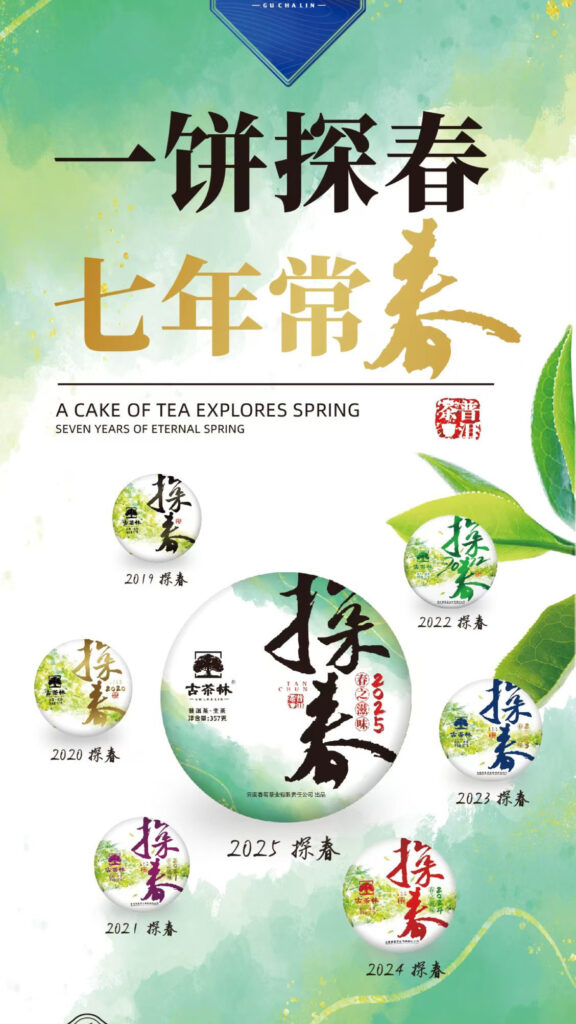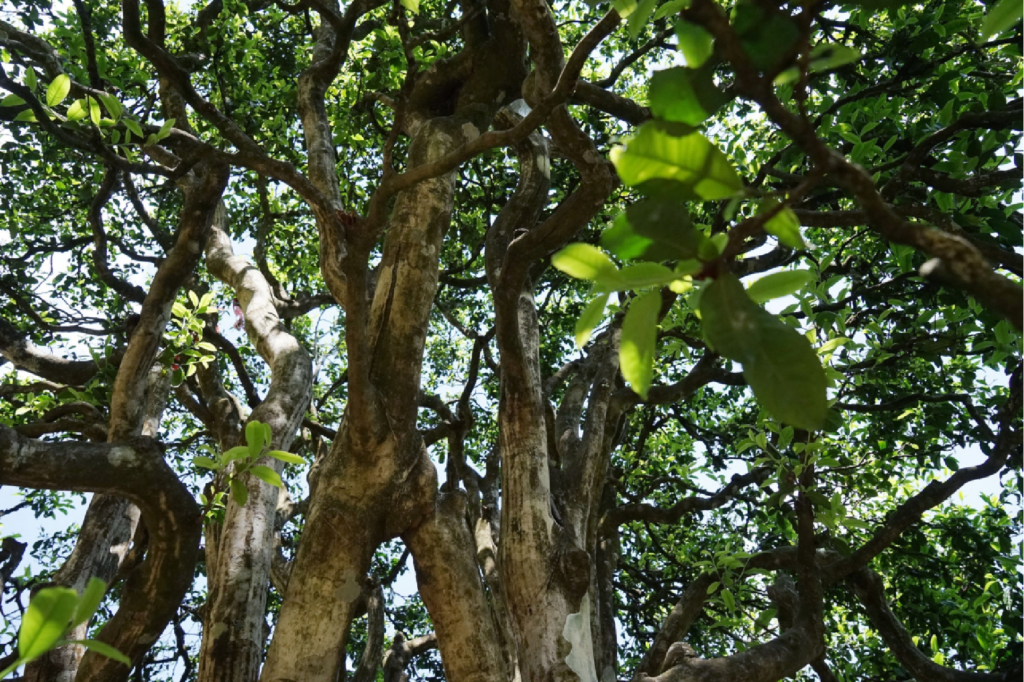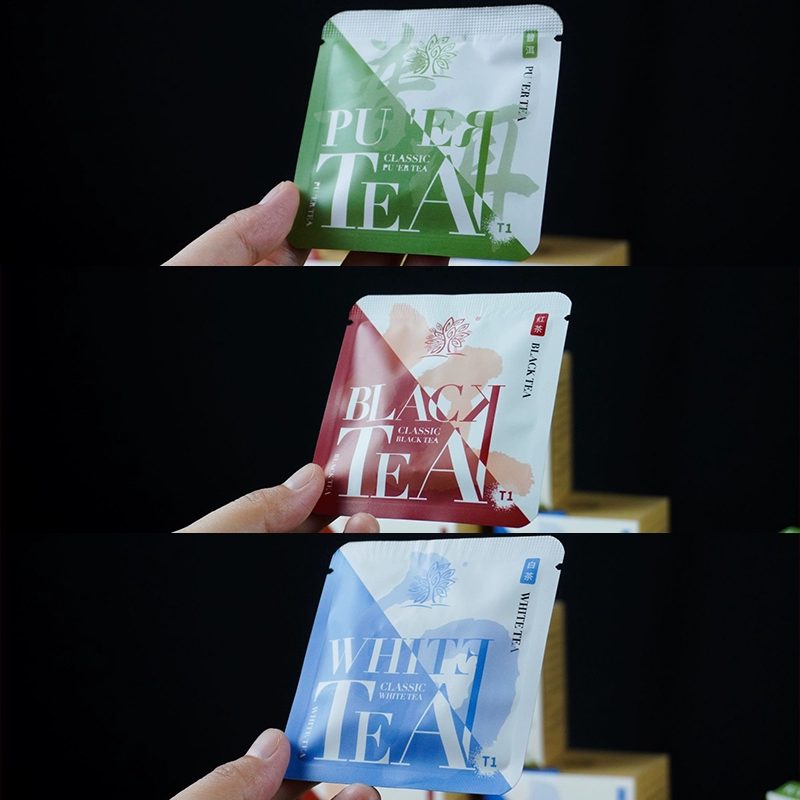How to Find the Right Pu-erh Tea for You
Pu-erh tea, a traditional Chinese tea with a rich cultural heritage, is well known for its unique fermentation process and the characteristic of getting better with age. With a wide variety of options available in the market, how to find the right Pu-erh tea for yourself can be a challenge, especially for beginners. This article will help you navigate your way to the perfect cup, with clear guidance on tea types, health benefits, nutritional value, and special considerations for certain individuals.
1. Understanding the Two Main Types of Pu-erh Tea: Raw vs. Mogen
Pu-erh tea comes in two primary forms:
- Raw Pu-erh (Sheng Pu): Naturally aged over time, it has a fresher, more astringent taste and is considered cooling. It’s suitable for people with warmer body constitutions and those who enjoy a sharper flavor.
- Ripe Pu-erh (Shou Pu): Fermented through an artificial aging process called “wet piling,” this tea is smooth, mellow, and has a warming effect—ideal for individuals with sensitive stomachs or cooler body constitutions.
Choosing the right type begins with understanding your own body and taste preferences.

2. Nutritional Value of Pu-erh Tea
Pu-erh tea is not only flavorful but also packed with beneficial compounds:
- Tea Polyphenols: Powerful antioxidants that fight free radicals and may slow aging.
- Caffeine: Enhances alertness and boosts energy levels.
- Amino Acids & Tea Polysaccharides: Support immune function and protect liver health.
- Microbial Metabolites (especially in ripe Pu-erh): Promote gut health and digestion.
These natural components contribute to the wide-ranging nutritional profile of Pu-erh tea.

3. Health Benefits of Drinking Pu-erh Tea
Regular and moderate consumption of Pu-erh tea offers multiple health advantages:
- Supports Digestion: Especially ripe Pu-erh, which helps break down fats and reduce bloating.
- Lowers Cholesterol and Blood Pressure: Clinical studies suggest Pu-erh tea can help regulate lipid levels and blood pressure.
- Anti-Aging: The antioxidants in Pu-erh combat oxidative stress, keeping cells youthful.
- Weight Management: Enhances metabolism and supports fat burning.
- Blood Sugar Regulation: Can assist in stabilizing blood glucose levels under professional guidance.

4. Special Considerations for Certain Groups
While Pu-erh tea is generally safe, certain individuals should be cautious:
- Pregnant and Nursing Women: Avoid raw Pu-erh due to caffeine content; consult your healthcare provider.
- Children: Not recommended, as tea may interfere with iron absorption.
- People with Stomach Issues: Ripe Pu-erh is gentler on the digestive system and should be preferred.
- Cold Body Constitution: Avoid raw Pu-erh, which is cooling in nature.
- Those on Medication: Consult a doctor to prevent interactions between tea compounds and medications.

5. Steps to Choosing the Right Pu-erh Tea
Here are a few practical tips to help you find your perfect match:
- Know Your Body and Taste: Choose raw or ripe Pu-erh based on your constitution and flavor preference.
- Explore Different Years and Origins: Younger teas are lighter and more astringent, while aged teas are deeper and smoother. Regions like Menghai, Bulang, and Yiwu produce distinct profiles.
- Start Small: Sample a variety of teas before committing to a large quantity.
- Trust Reputable Sources: Quality matters—look for reliable brands and certified suppliers.
- Understand Storage Needs: Proper storage is key to preserving (and improving) tea flavor over time.
6. Final Thoughts: Your Perfect Cup Awaits
The journey to finding the right Pu-erh tea is both personal and rewarding. By understanding your needs and preferences, and learning the basics of tea selection, you’ll be well on your way to discovering a Pu-erh tea that nourishes both body and soul.
Need personalized help choosing the right Pu-erh tea?
👉 Kontakta oss and let our tea experts guide you to your ideal match.

